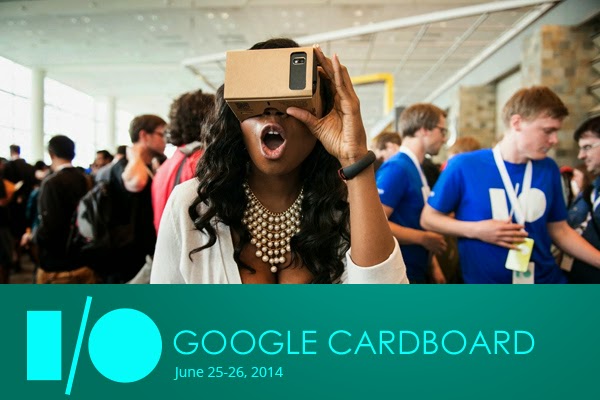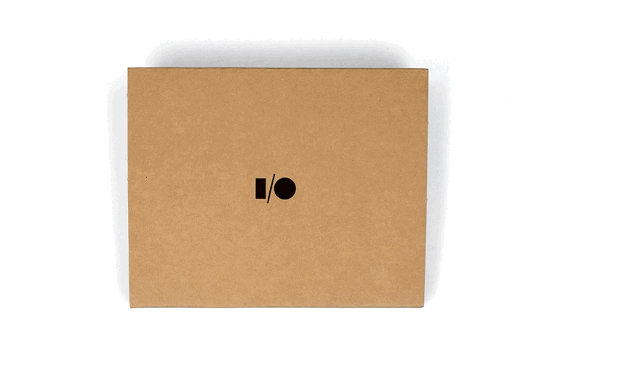This year’s Google I/O might be heavily focused on Android
but Google isn’t putting all its egg in just one basket. Apart from Android for
your TV, your wrist, your car and your phone, the search giant is also prepping
something related to one of the most talked about technologies in development today
– virtual reality.
Shortly before ending the company’s keynote, Google’s head
of Android and Chrome Sundar Pichai announced that all attendees of the event
will be receiving a cardboard package with undisclosed contents. As it turns
out, the package is actually a prototype of the company’s VR aspirations that
is made from, well cardboard.
The box contains a template made from cardboard that folds
and flips into a DIY paper VR headset called Google Cardboard. The headset is
hold together with pieces of rubber bands, magnets and strip of Velcro. There’s
also an NFC card that allows the contraption to connect with your handset and
two lenses that slides into place to provide users with that VR experience.
The box also has links in the form of QR codes printed on it
that directs the developer to the location of its experimental SDK and
libraries. The VR headset works with a select number of devices including the
Nexus 4 and 5, the Moto X, Samsung’s Galaxy S4 and S5 and even the Samsung
Galaxy Nexus from a few years ago.
The design of the headset and its functionality is similar
to how the rumoured Samsung
Oculus Rift competitor will look like, which could possibly explain why a
Google would provide support for a Samsung Nexus phone from three years ago.
Nonetheless, the biggest implication of Google Cardboard is
that Google was able to show that VR technology can still be implemented even
on a tight budget.






